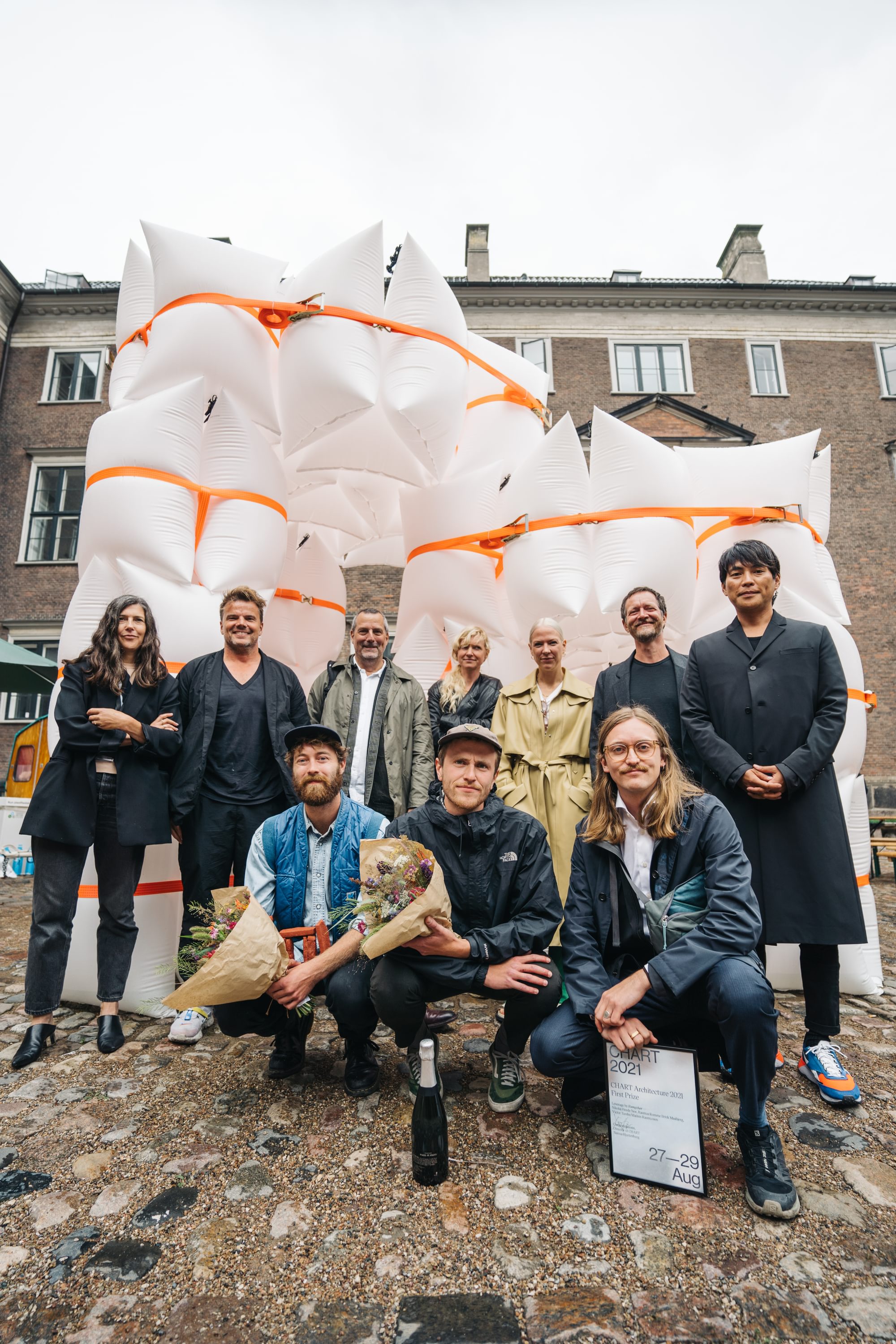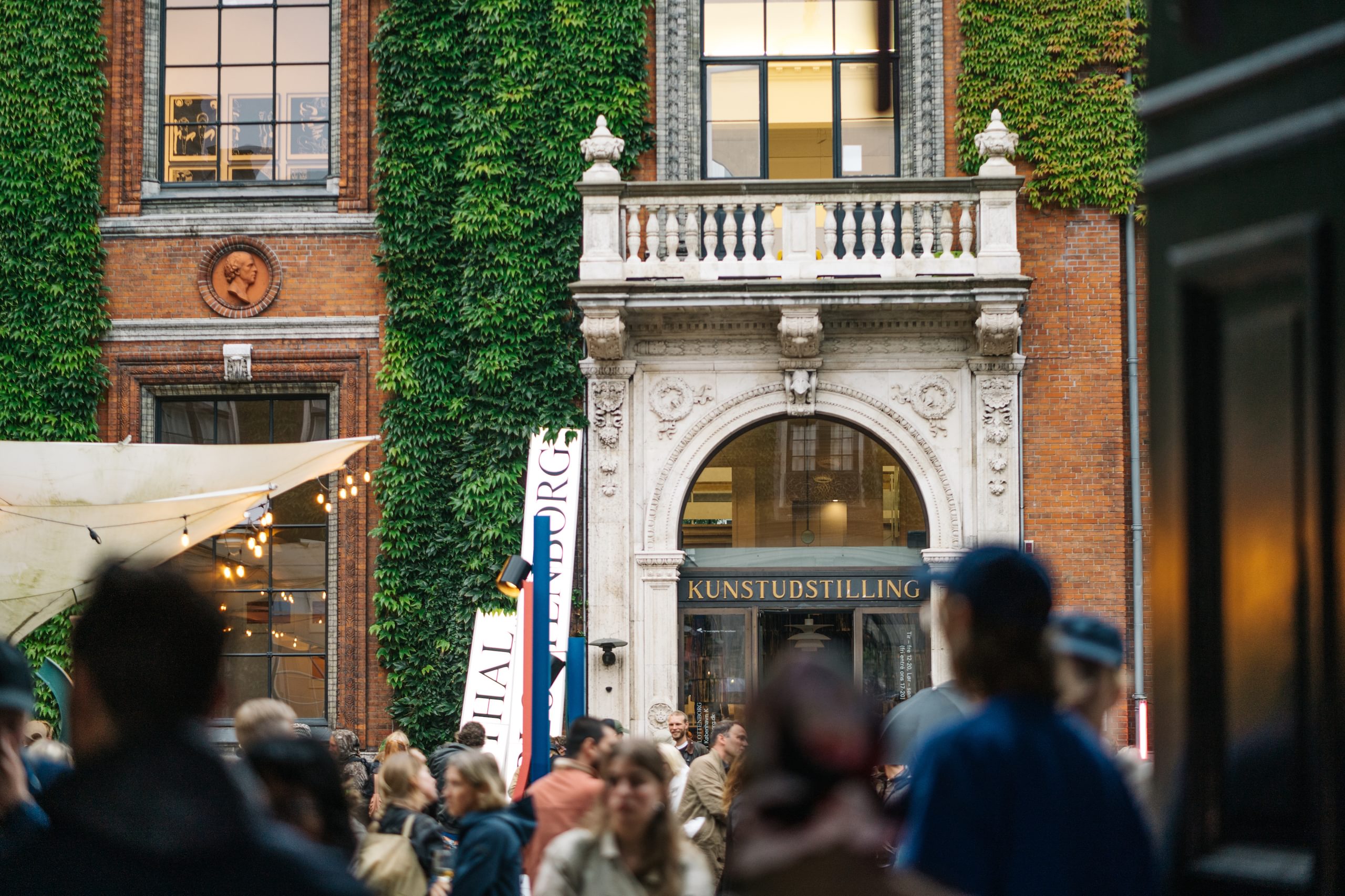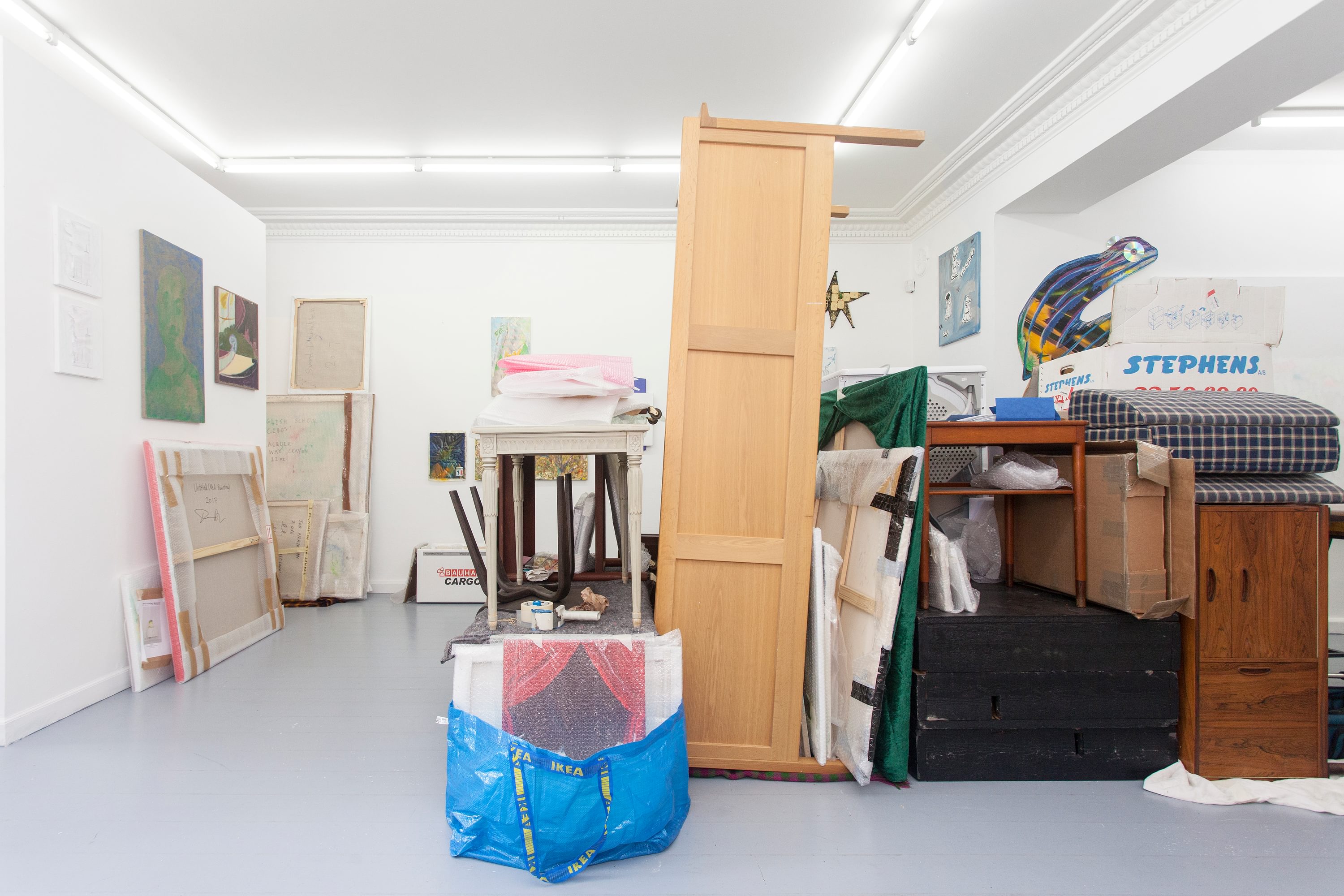Announcement teaser for CHART Architecture 2022.
CHART is proud to announce the eighth edition of CHART Architecture: a 72-hour architectural competition open to newly graduated architects, designers and artists with connections to the Nordic region. CHART Architecture invites teams to submit proposals for temporary architectural pavilions to be installed in the courtyard at Charlottenborg in the heart of Copenhagen during CHART 2022. The competition kicks off Friday 29 April at 12 noon.
The theme for CHART Architecture 2022 is ‘Bio Architecture’ and we are encouraging participants to explore the potential of biological materials in creating explorative, sensuous and sustainable architectural spaces. A jury of internationally-acclaimed individuals, specialising in architecture, art and design, will select five finalist teams to realise and display their proposals at Charlottenborg this August.
The jury for CHART Architecture 2022 will be chaired by Bjarke Ingels (DK); founder and partner at BIG who has been a part of CHART Architecture since its beginning. Members of the jury will also include: Kjetil Trædal Thorsen (NO), founder and partner at Snøhetta; Johanne Hestvold (NO), artist working with, among many other projects, sculptural installations in mycelium; curator Pleun van Dijk of Future Materials Bank (NL); founder of The Circular Way Ditte Lysgaard Vind (DK) and design gallerist Maria Foerlev of Etage Projects (DK).
Key Information
29 April 2022 12:00 (CET): CHART Architecture 2022 brief released at chartartfair.com
72-hour open call
2 May 2022 12:00 (CET): Submission deadline for proposals
Theme: Bio Architecture
Open to teams of newly graduated/young architects, designers, artists
Cross-disciplinary collaborations encouraged
Finalists announced at the end of May 2022
CHART Architecture is developed in close collaboration with partner Arup, who will support the teams in realising their proposals, as well as Danish Architecture Center (DAC), Dezeen and Politiken. The initiative is kindly supported by the philanthropic association Realdania, The Dreyer Foundation, the Danish Arts Council as well as Polestar and FOSS.
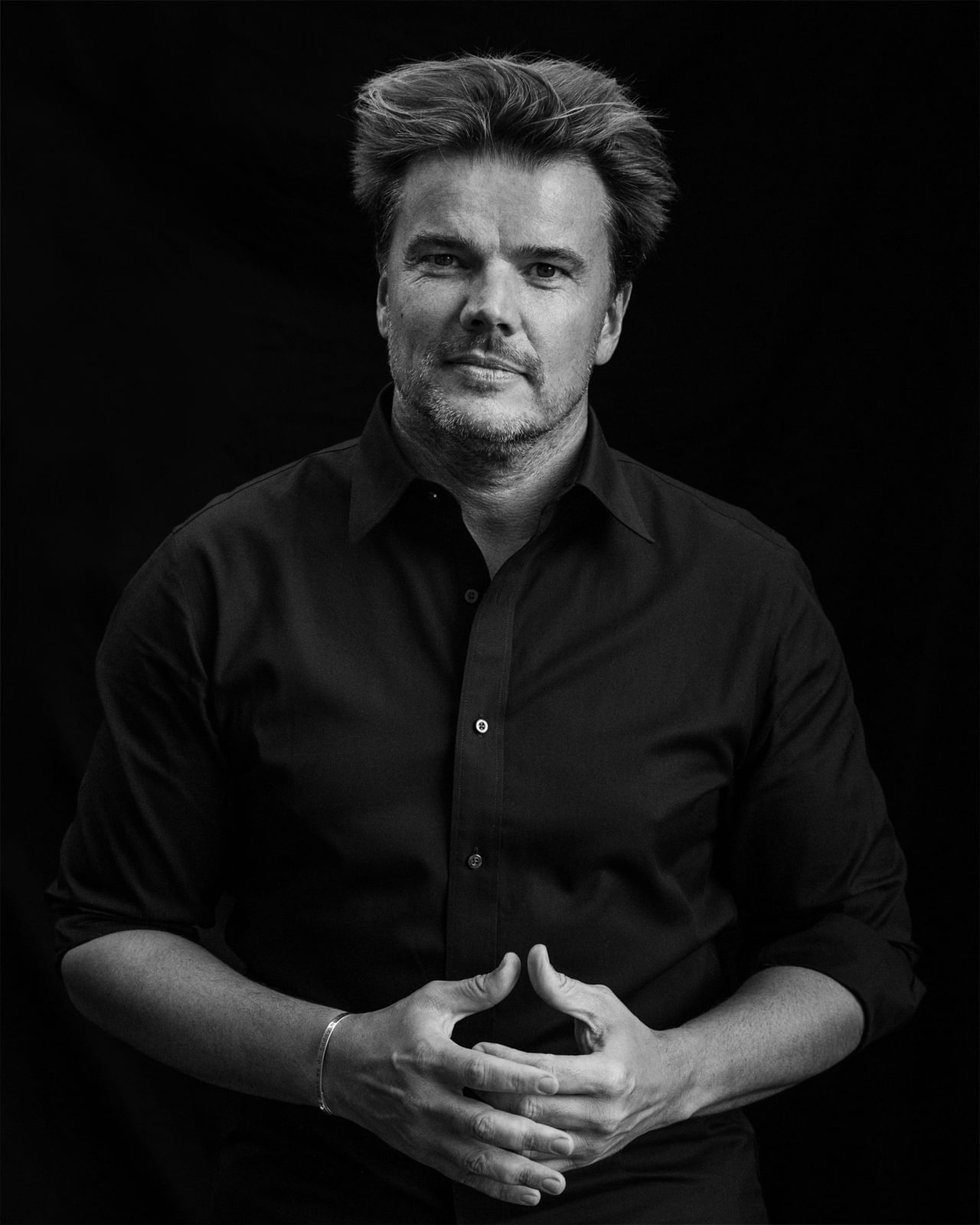
Bjarke Ingels is an architect and founder of the Bjarke Ingels Group. Over two decades Bjarke and BIG have been contributing to the built environment with a socially, economically and ecologically sustainable approach to architecture and urbanism. Bjarke is an Honorary Professor at the Royal Danish Art Academy´s School of Design and Architecture and has been a visiting professor at multiple universities including Harvard, Yale and Columbia. Bjarke was named Innovator of the Year in 2011 by Wall Street Journal and one of Times 100 most influential people in the world in 2016.
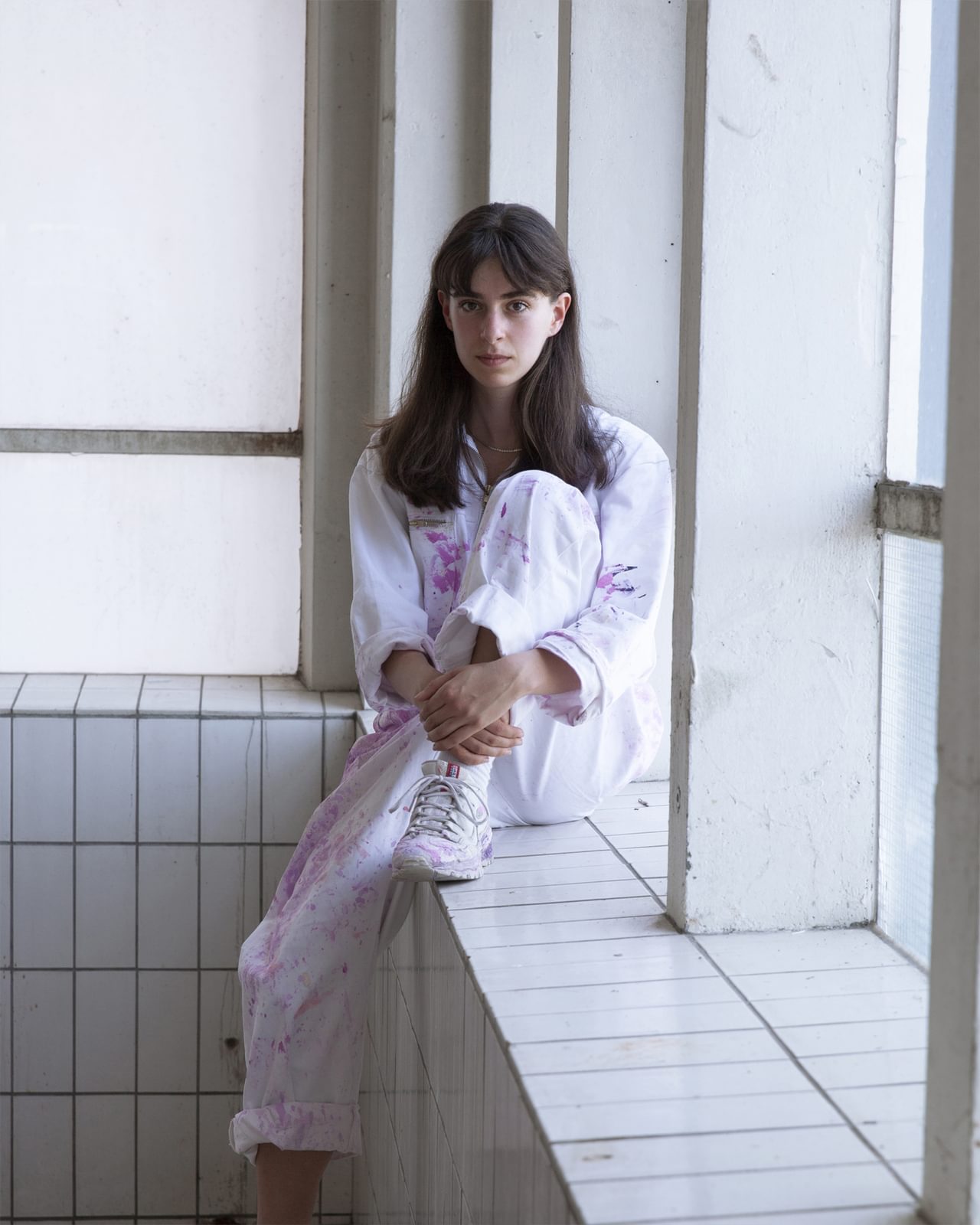
Pleun van Dijk is a speculative artist/designer in the middle of the moving and changing world. By observing and analysing moments of transition within society she tries to generate new thoughts and show a different perspective. By taking new ideas out of the abstract and giving shape to possible future scenarios she wants to give the viewer the possibility to anticipate the new developments before they sneak up on us.
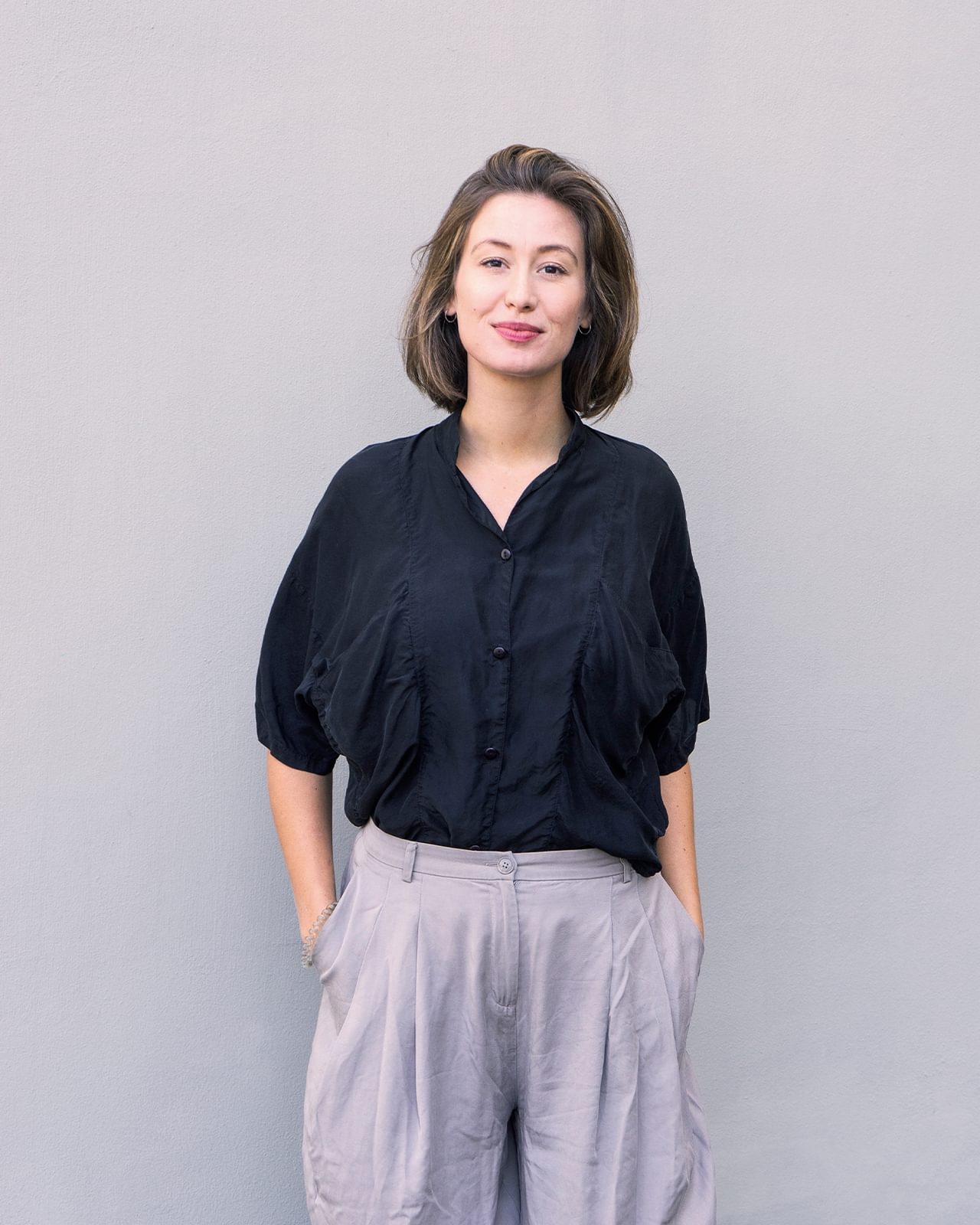
Johanne Hestvold holds a BA from Bergen Academy of Art and Design. She studied sculpture through the sculpture department at Kuvataideakademia Helsinki, Finland, and has an education background in Literature studies at the Universty in Bergen, Norway. Recent exhibitions has taken place at Galleri Golsa (2021), The Southern Norway Art Museum (2020), The Astrup Fearnley Museum (2019), The Astrup Fearnley Museum (2016), Norwegian Sculpture Biennial, The Vigeland Museum, Oslo (2015) and Stavanger Art Museum (2016).
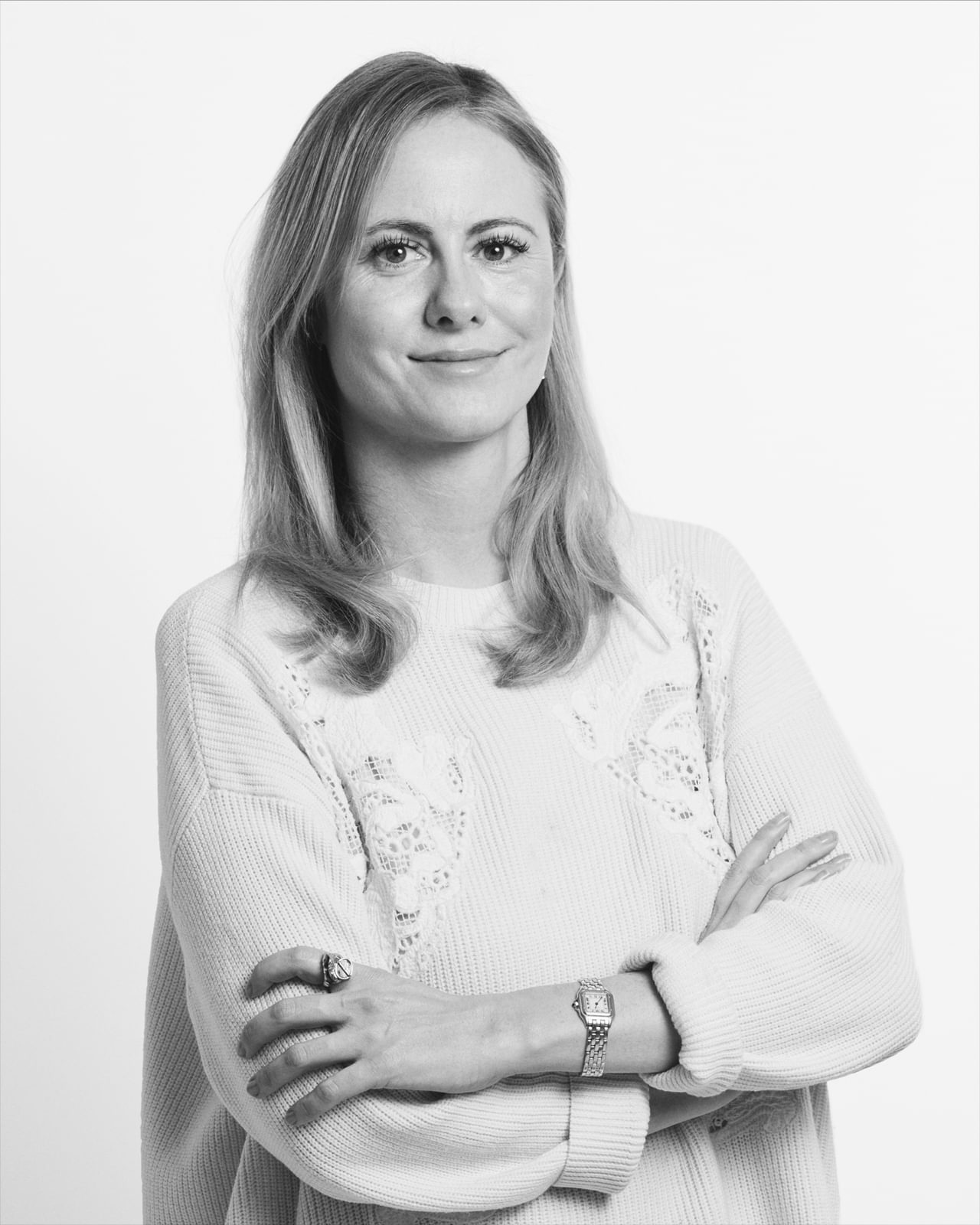
Ditte Lysgaard Vind is the founder of The Circular Way and author of Danish Design Heritage & Global Sustainability (Routledge 2022) and A Changemakers Guide to the Future (2018). Within the build environment she is the co-founder of A:GAIN, Director of partnerships at Lendager and sits on the board of The Royal Danish Academy -Architecture, Design and Conservation, The Danish Design Council and UNLEASH.
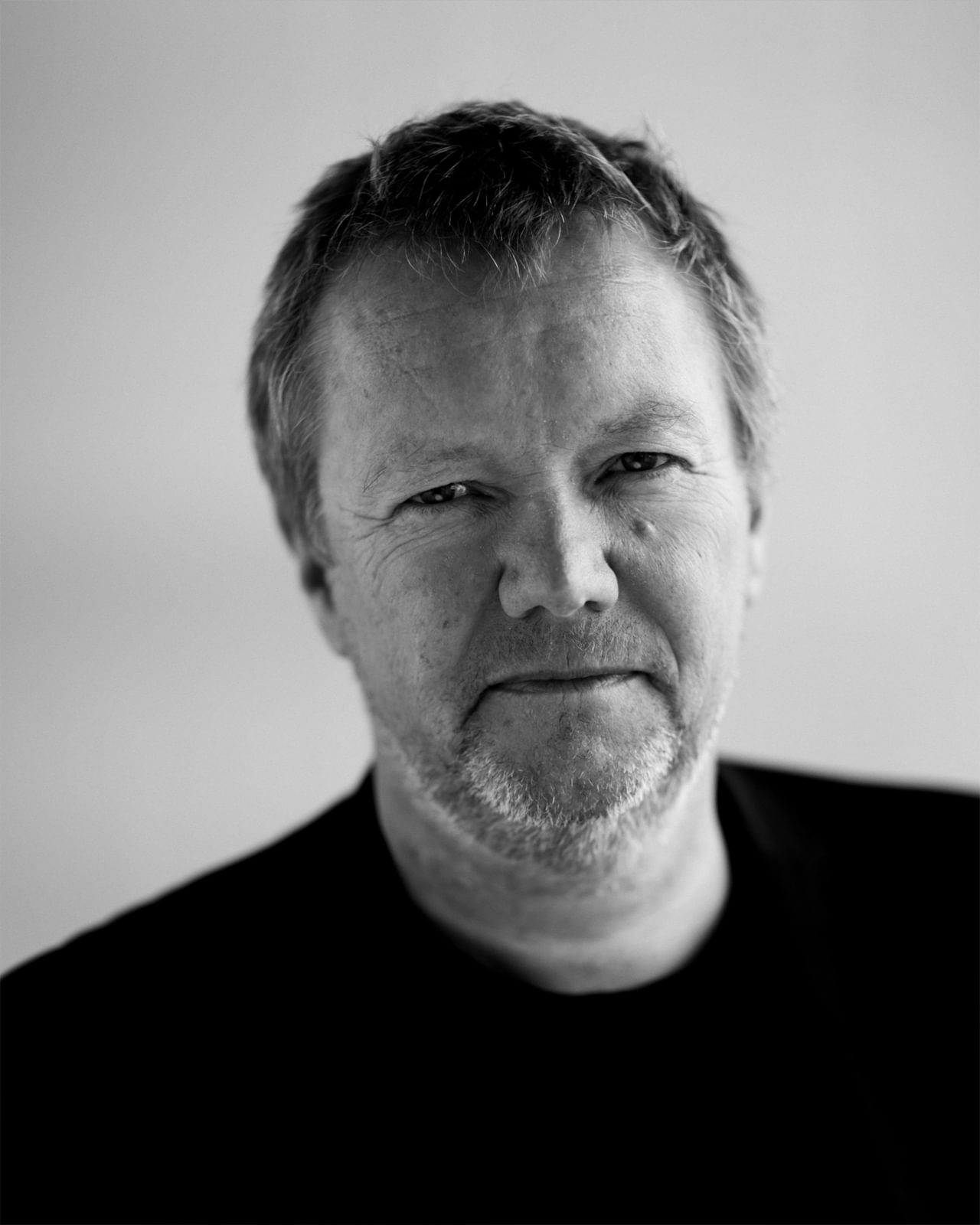
Kjetil Trædal Thorsen completed his studied architecture in Graz, Austria in 1985 and co-founded Snøhetta in 1989. Since then, he has been instrumental in defining and developing Snøhetta’s philosophy and ambition as a transdisciplinary practice, as well as projects such as the new Library of Alexandria and Norwegian National Opera and Ballet.
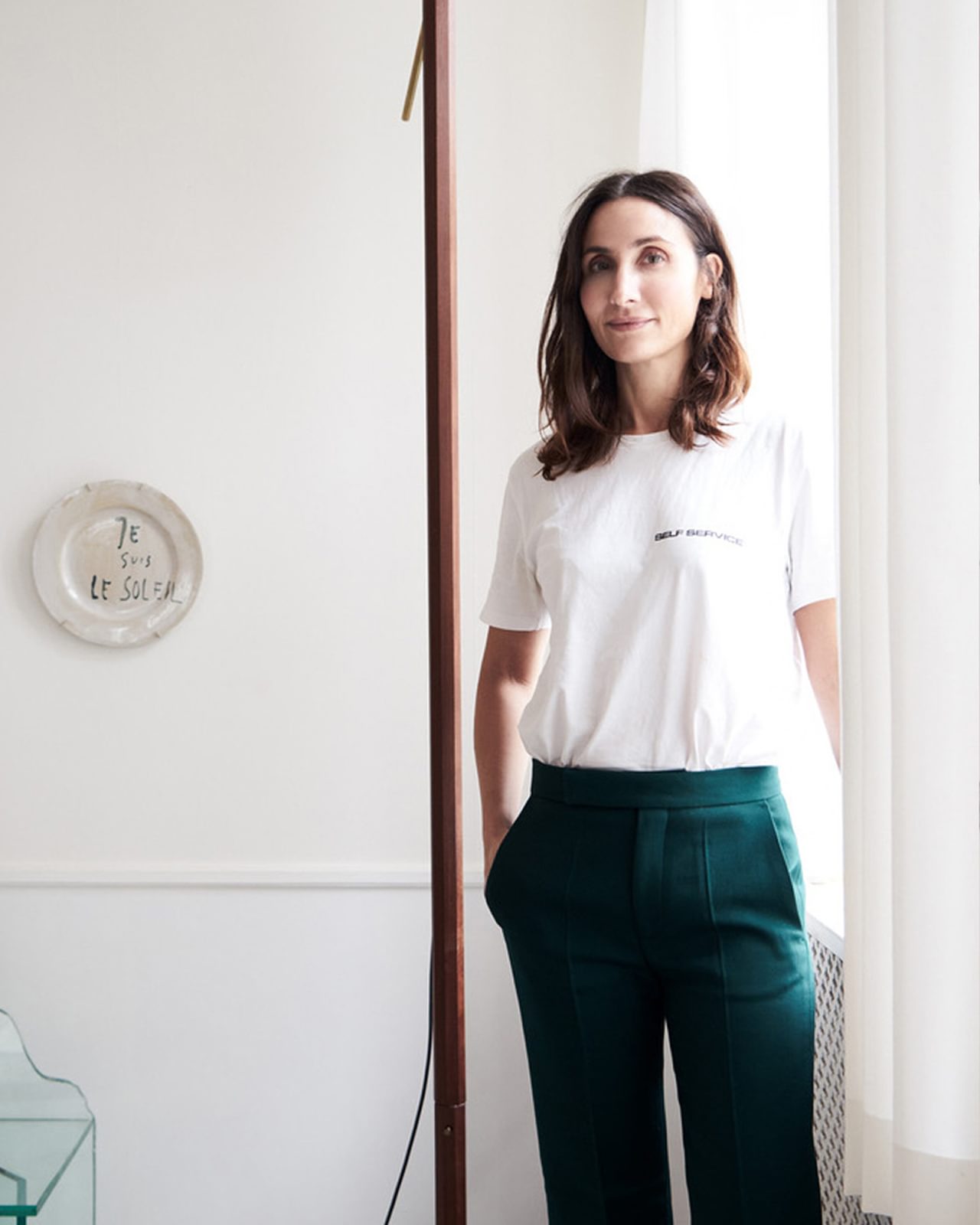
Maria Foerlev is owner and founder of Etage Projects, a Copenhagen-based gallery that actively questions and pushes the lines between art and design and abstraction and function. With its nine years of existence, Etage Projects is seeking to extend and enrich the field of collective and interdisciplinary culture.
"I am looking forward to seeing the works of today's most exciting, up-and-coming architects. I am interested in how they will address difficult realities and find paths forward towards a better future, reflecting on and reconnecting with the natural world."
Owner and founder of Etage Projects

CHART Architecture 2016
Photo by Jesper Palermo

CHART Architecture 2017
Photo by David Hugo Cabo
“We are currently seeing a range of new approaches to reducing the climate imprint of the building industry on the planet. New solutions are needed and a myriad of concrete ideas are emerging across artistic practices. For CHART Architecture 2022 we hope to bring some of these ideas to life and present pavilions which explore new relations between building and biology."
Director of CHART

CHART Architecture 2021 first prize recipients: Leverage by Rumgehør (Victor Tambo, Kirstine Gotthelf, Rasmus R. B. Maabjerg, Nikolaj Heede Noe).
Photo by BARSK











